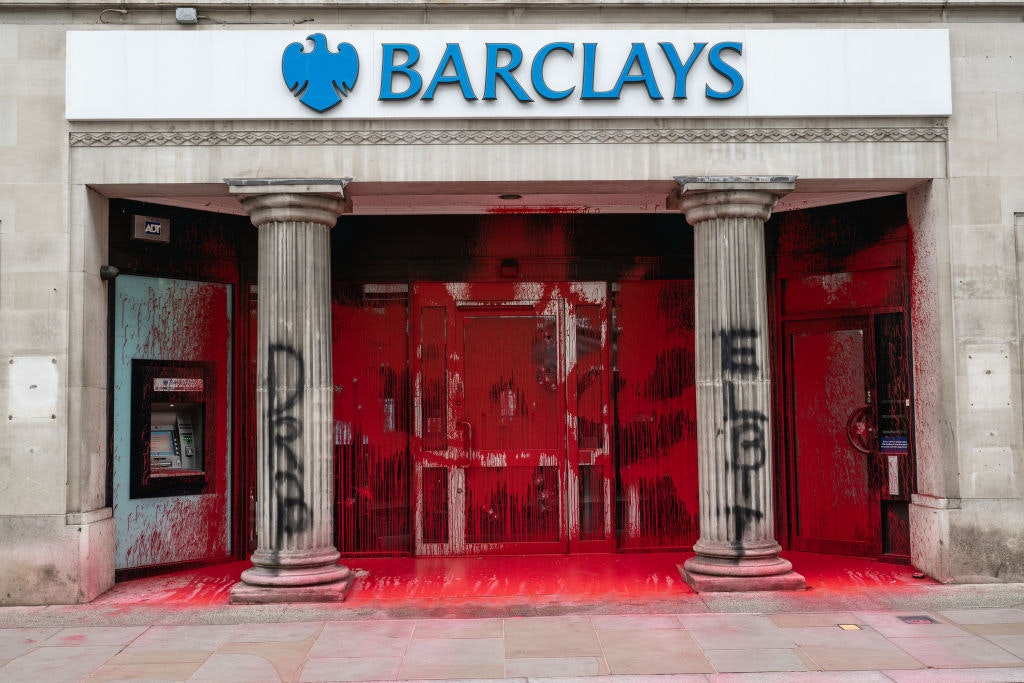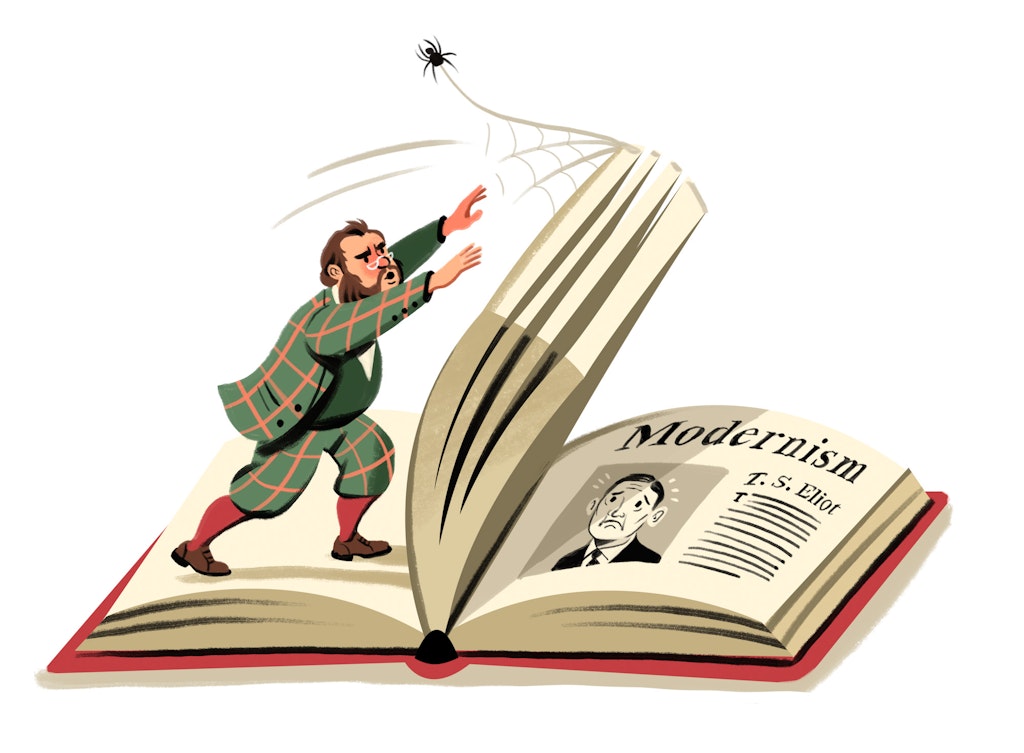Brave and barmy new worlds
The solemn, febrile and deeply bonkers ferment of interwar modernism
This article is taken from the July 2021 issue of The Critic. To get the full magazine why not subscribe? Right now we’re offering five issue for just £10.
The kingdom of heaven, Jesus told his disciples, is like yeast; like treasure in a field; like a pearl of great price; like a mustard seed. While for Christians heaven (hopefully) awaits us after death, our sinful nature meant nothing in this life could reach perfection. Modernity, however, has scorned such defeatism, turning its finest minds to improving life in the here and now. Francis Bacon, a pioneer of modern science, dreamed in his 1620 Novum Organum of establishing an “Empire of Man over creation”.

Even as science sought to wrestle improvements from Mother Nature, we didn’t forget about heaven. Rather, as Anna Neima recounts in The Utopians, growing numbers imagined how we might perfect life before death. From the Puritan migrations to the New World, through the 300-odd attempts at “Fourierist” communities in 1840s America, the pursuit of heaven grew fiercer even as the grip of Christianity loosened.
The Utopians focuses on a cluster of twentieth century attempts at utopia, a response to the shattering effect of the First World War on everything that had hitherto been taken for granted. War was not glorious but the stuff of nightmares; even God, or at least His church, had supported the violence. All was rubble and death. In those ruins, visionaries dreamed of refashioning community life along lines that would forestall another such cataclysm. Neima recounts six such utopias, whose collective flourishing represented a remarkable outburst of internationalist creativity, idealism and cultural exchange.
These communities often overlapped in membership, ideas and inspiration. In 1910s Bengal, Nobel Prize-winning poet Rabindranath Tagore founded the Santiniketan-Sriniketan community. In turn, his work inspired the modernist writer Mushanokōji Saneatsu to found Atarashiki-mura (the “New Village”) in Japan in 1918. Leonard Elmhirst, an English agricultural scientist who worked with Tagore in Bengal, founded Dartington Hall in 1925 with his wife, the American heiress Dorothy Whitney.
In France, the Russian mystic George Ivanovich Gurdjieff founded the Institute for the Harmonious Development of Man near Paris in 1922. Gurdjieff’s “Fourth Way” religious system inspired the English thinker Gerald Heard to invent his own religion — a briefly embraced by Dorothy Whitney at Dartington. Heard emigrated to America with another Dartington habitué, Aldous Huxley, and in 1942 founded Trabuco College in California aiming to train “neo-brahmins” to lead the world into a new consciousness.
The outlier among these is the German Bruderhof community, founded in 1920 by Lutheran Christians Eberhard and Emmy Arnold, in response to the shattering impact on believers of the Church’s support of the Great War. Unlike the others, which sought to forge a new human society from first principles, the Arnolds sought counsel in accounts of the early Christian church. The Bruderhof sought to live as Christ’s disciples had, with everything in common.
Persecuted under the Nazis, they fled to England, where they visited Dartington Hall, and founded the journal Plough (which still publishes today). Contributors included major Arts and Crafts figures including John Middleton Murray, the widower of Katherine Mansfield, who visited Gurdjieff’s community while dying of tuberculosis, and wrote warmly of how the experience rekindled her faith that “one will escape from living in circles” to attain “a CONSCIOUS life”. It was a scene: one that blended the disaffected ultra-rich with mystics, avant-garde creatives and a leavening of chancers and dreamers. Visitors read like a Who’s Who of high modernism: one feels almost a member of this international, interconnected coterie of seekers.
Neima’s brisk storytelling and eye for the illustrative quote and telling anecdote conveys the thrilling and sometimes scandalous strangeness of these experiments. Soft-handed upper-class Japanese literati bicker in the “New Village” over who will interrupt their calligraphy to carry firewood. Gurdjieff forces his acolytes to dig trenches and fill them in again, or to get drunk and then communicate in Morse code.
The communist headmaster at Dartington’s experimental progressive school allows pupils to swim naked together in the river, and offers them advice on birth control. The American novelist Sinclair Lewis describes Gurdjieff’s institute as “like a cross between a cabaret and a harem”; DH Lawrence is not impressed. The world is scandalised, but also fascinated.
I would have enjoyed a deeper dive into each utopia’s eccentric characters and baroque internal politics, but beware the reviewer wishing for a longer book. Neima is an unobtrusive guide, and each utopia emerges — as much as possible — on its own terms. There is no heavy-handed reframing of past events in light of modern moral preoccupations here.
Neima’s eye for the illustrative quote and telling anecdote conveys the thrilling and sometimes scandalous strangeness of these experiments
Each utopia wrestled with more paradox than is usually conducive to stable social order. People who dream of better worlds are often — as Neima puts it — more gifted at “conjuring up alluring alternatives with words” than they are at “organising people and funds into functional, enduring systems”. Similarly, the aristocratic background of founders such as Rabindranath Tagore and Mushanokōji Saneatsu brought dreams of flat-structured democracy into conflict with an aristocratic habit of command. And in each, a distaste for “materialism” warred with the need for money.
Those utopias that survived their founders — notably Santiniketan, Dartington and the Bruderhof — are those that weathered protests about “selling out to materialism or the evils of hierarchy to establish management structures beyond force of personality, and businesses beyond subsistence farming.
If I have a grumble about this highly readable book, it’s that it left me thirsty for more. We zoom so swiftly along that each vignette feels like it’s no sooner savoured than whisked away again in favour of another. Cumulatively, though, it’s an off-beat but highly illuminating window on the solemn, febrile and deeply bonkers ferment of interwar modernism. Readers unfamiliar with the period may find themselves lost at points, but those weary of Bloomsbury bluestockings and Suffragette simps will find unexpected angles and startling interconnections in this enjoyable history.
And even if these utopias failed to deliver world peace, or in many cases to survive their founders, their broader impact far outstrips their lifespans. Tagore’s educational ideas shaped the school system of postcolonial India. Dartington incubated much that’s now institutionalised in modern Britain, including battery-farmed chickens, “child-centred” progressive education and the welfare state. And former Trabuco members seeded California for the counterculture that flourished there in the 60s and 70s.
A century on from the events described, we’re living amid values these visionaries pioneered: the individualism, the tension between elitism and democracy, and (more acutely than ever) the longing for and aversion to shared religious worship.
So even if most of these projects imploded, and their legacy has been more ambivalent than its visionaries hoped, perhaps we are living in the utopians’ world.
Enjoying The Critic online? It's even better in print
Try five issues of Britain’s most civilised magazine for £10
Subscribe














